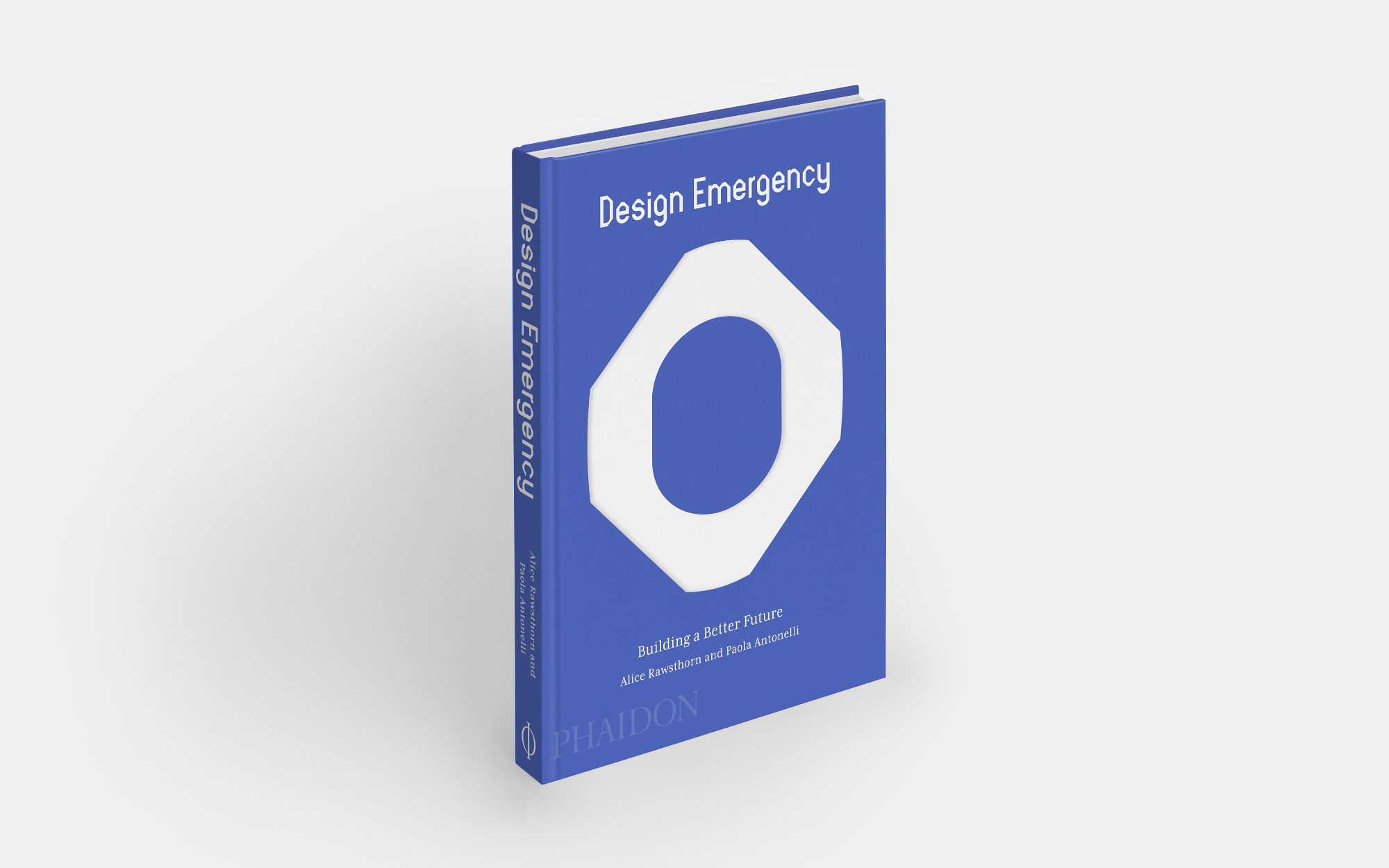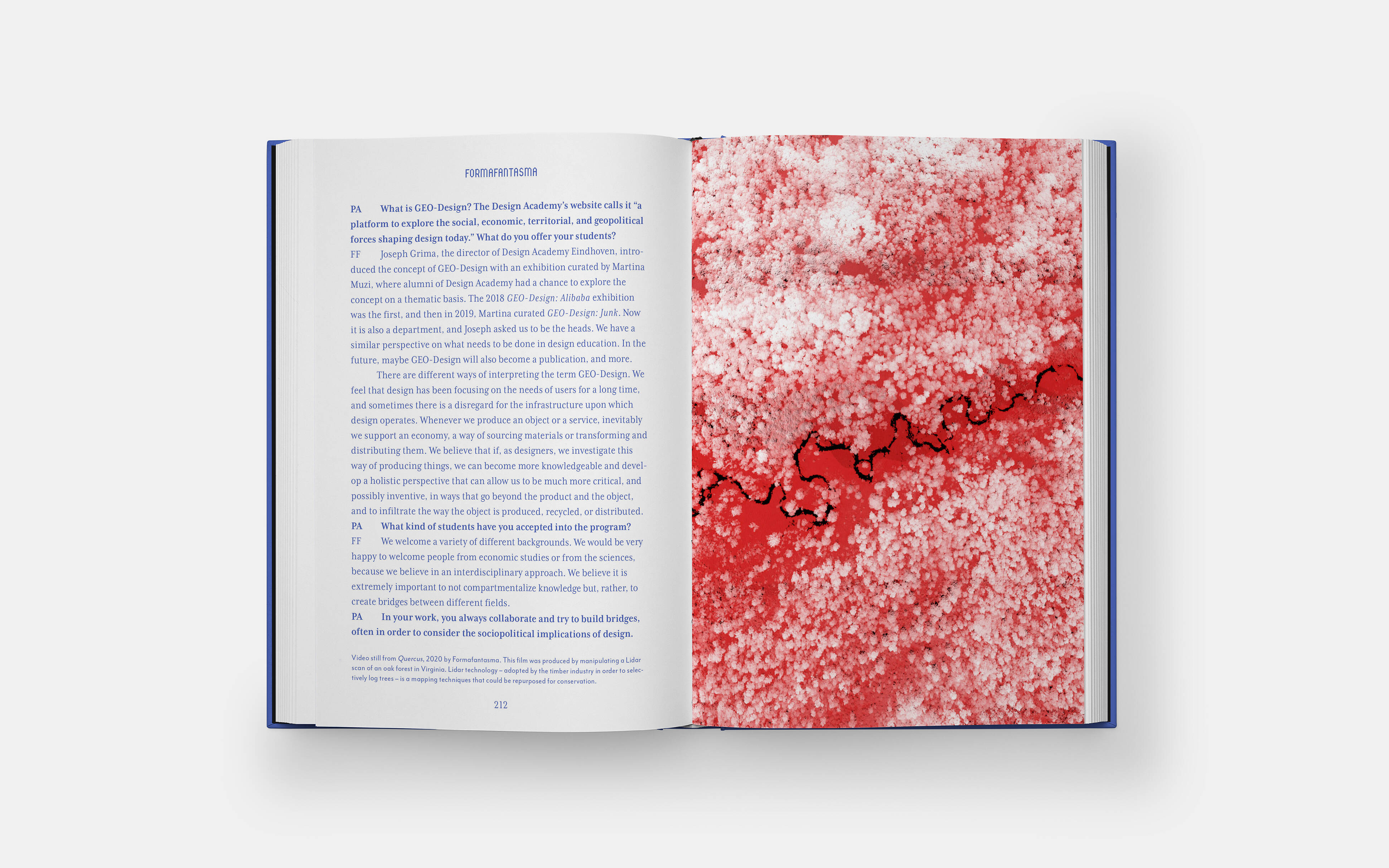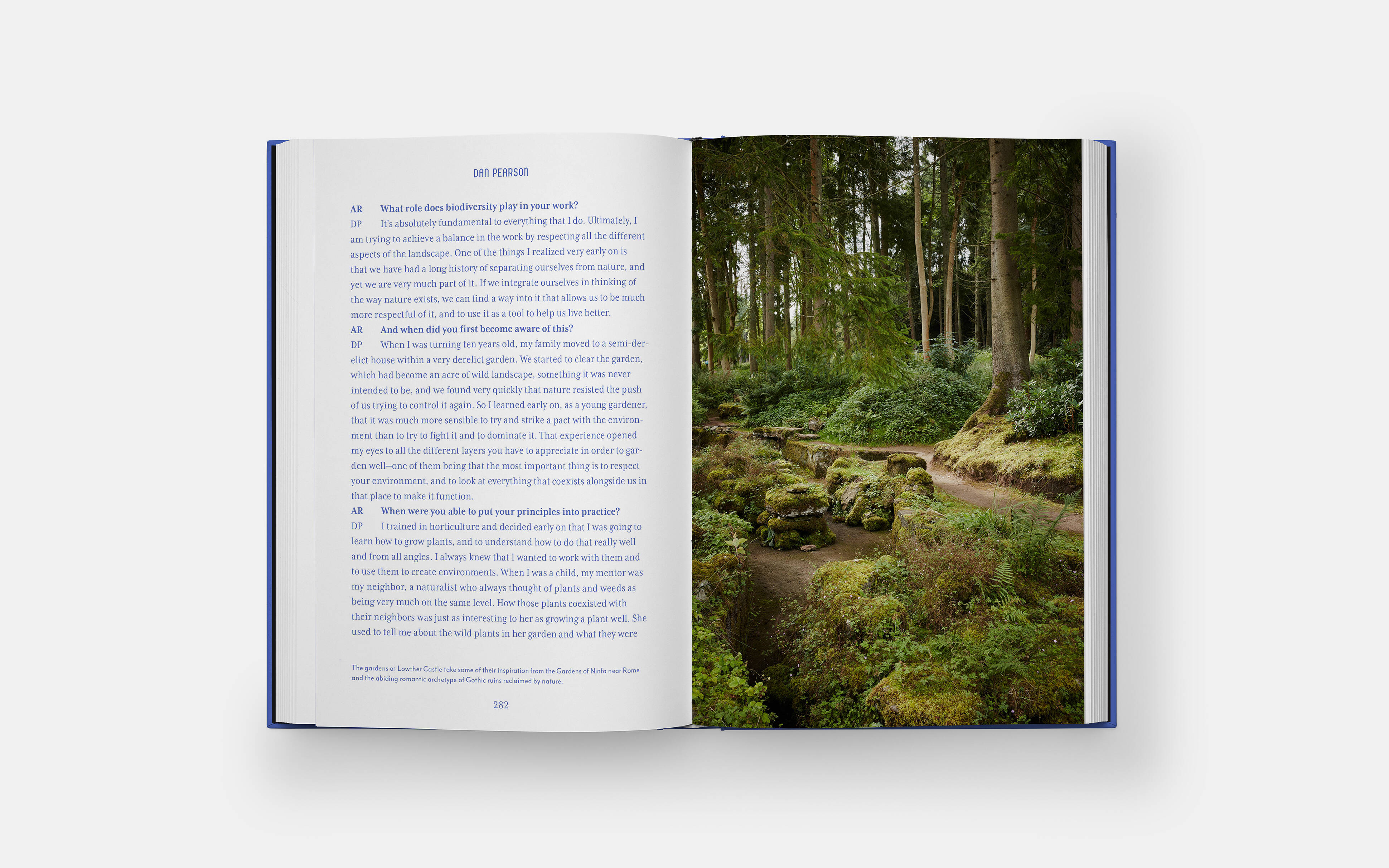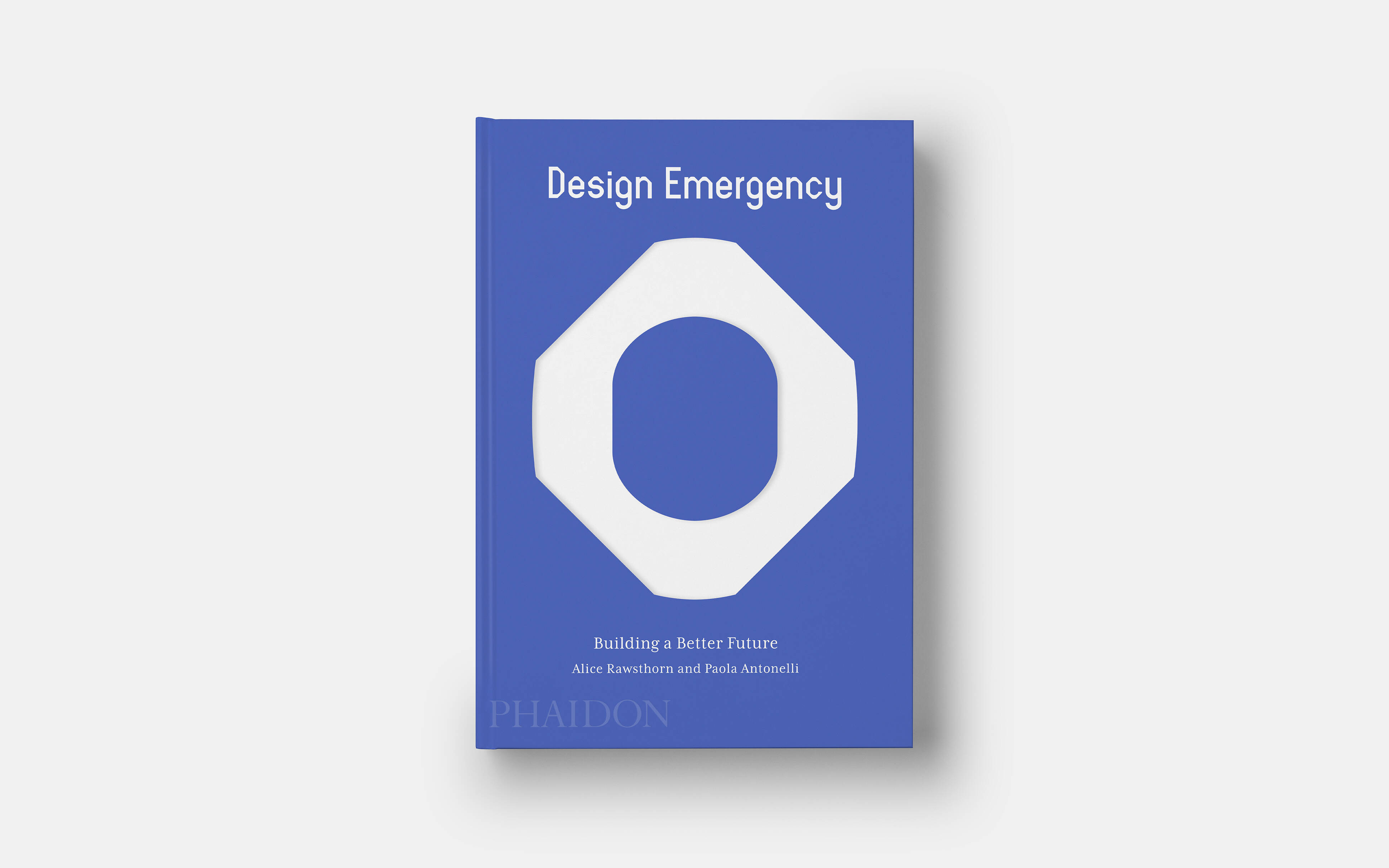
All you need to know about Design Emergency
Alice Rawsthorn and Paola Antonelli show how design can address the most pressing problems of the age
Sometimes, ingenuity needs a push. In her introduction to the new book Design Emergency: Building a Better Future, the author, columnist and former New York Times design critic, Alice Rawsthorn describes how the Khasi people of northeast India have managed to travel within their hilly, riverine environment.
“Rainwater floods the ravines between the hills, turning the rainforest into isolated wooded islands,” explains Rawsthorn. “The deep water makes it impossible for the Khasi people who live there to travel from one village to another, often stranding them in their homes. Building bridges to ford the deep ravines would be a logical solution, but conventional wooden bridges would collapse under the weight of rainwater.”

Pages from Design Emergency
In response, they developed a novel building technique; they train the roots of the rubber fig trees growing in the rainforest to cross the ravines along betel-nut tree trunks that serve as beams. “Critically, the trees from which the roots grow must remain healthy to sustain and strengthen the bridges; and whenever new roots sprout, they need to be pruned or used as supports,” explains Rawsthorn. “The process of creating each living root bridge, known in the region as jingkieng jri, is a lengthy endeavour that can involve several generations of Khasi families.”
Similar challenges may present themselves to all over the next few decades, and we may well not have generational timescales to formulate and mount a response. Nevertheless, Rawsthorn and her co-author Paola Antonelli, remain hopeful. Antonelli, a senior curator of architecture and design at MoMA, New York, co-founded the Design Emergency Instagram account in the spring of 2020, initially to explore design’s impact on the coronavirus crisis and its aftermath.
However, the authors swiftly broadened their brief, to take in everything from drone warfare to artificial intelligence and the refugee crisis. Now, in their new book, Antonelli and Rawsthorn, alongside twenty-five designers, architects, engineers and others, all global design leaders in their fields, have set out to address the most pressing global issues, by viewing design as an essential agent of change.

Pages from Design Emergency
The acclaimed Dutch book designer Irma Boom joins the Nigerian architect Kunlé Adeyemi, and the multidisciplinary, Turner Prize shortlisted research group, Forensic Architecture, in Antonelli and Rawsthorn’s quest for building a better future for all through design.
Dividing the book into four themes –Technology, Society, Communication, and Ecology – Antonelli and Rawsthorn examine the diverse, compelling, and solution-driven projects from pioneering designers around the world.
Across the three essays and 25 interviews, the book demonstrates our ability to adapt in times of crisis, and shows how good design can rise above everyday conventions. In this book Ilse Crawford describes her interest in the concept of comfort, as well as her own work with Food for Soul, Massimo Bottura’s non-profit that addresses issues of hunger, vulnerable people, and food waste; the garden designer Dan Pearson stresses the importance of biodiversity; and the Beijing architect Xu Tiantian describes how she is applying contemporary design techniques to the built environments of rural China.
Wide-ranging in its scope, Design Emergency is both a call to action for almost everyone in the creative professions who recognises the challenges we all face, and a reminder of the great many ways humankind can work together, inventively, and also in harmony with one another and the planet. To find out more and order your copy go here.

Design Emergency